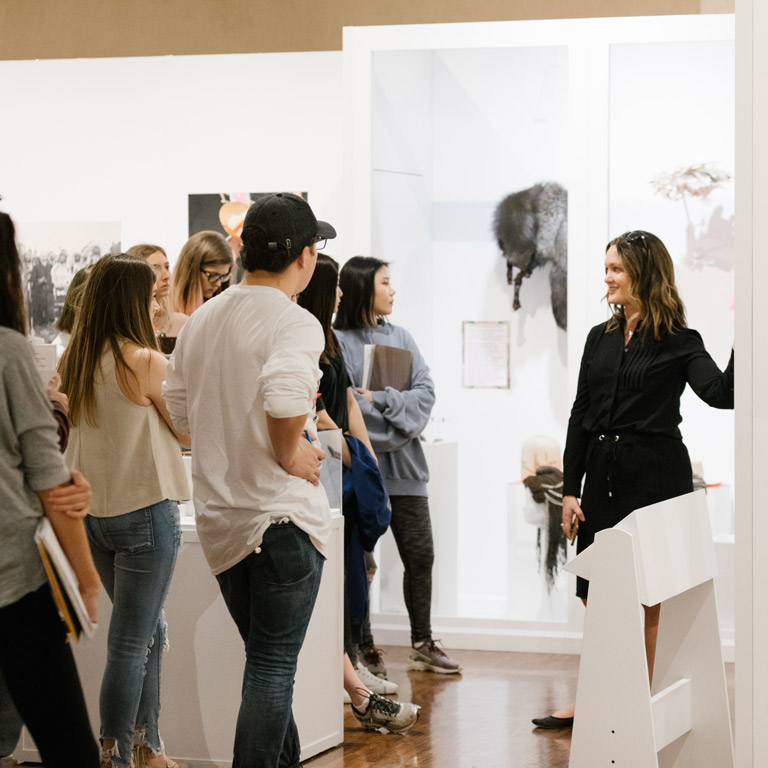If you are interested in fashion and retail, have an aptitude for business, and would like to work in a fast-paced industry, the Merchandising B.S. degree may be a good fit for you. Opportunities abound for students to pursue their passion, whether in areas of branding, product development, sustainability, technology, finance, or social events and marketing.
When pursuing a major in merchandising, you work with faculty who are experts in the field. They offer a comprehensive array of academic, historical, creative, and practical learning experiences related to the merchandising of apparel and product. You will learn about everything from fibers, weaves, and finishes to creating a spreadsheet for a six-month business plan.








